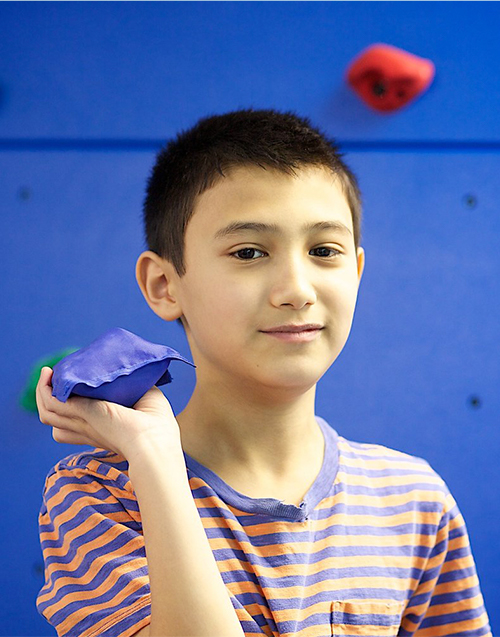
Occupational Therapy
Occupational therapists at Windsor provide a continuum of services and assistance for students of kindergarten age through high school who have behavioral and learning needs. As related service providers or specialized instructional support personnel, we fall under the provisions of the Individuals with Disabilities Education Act (IDEA) and the Elementary and Secondary Education Act (ESEA). As occupational therapists, we utilize meaningful activities (occupations) to help children and youth participate more fully in academics, play and leisure, social participation, self-care and transition/work skills in school. We are also involved in environmental analysis, adaptation, and modification. The goal is to reduce the barriers in the educational environment and to increase overall participation and success. Our occupational therapists work collaboratively with school staff on a number of student-related initiatives, and partner with families for the health and wellness of their children.
As OTs at Windsor, we collaborate with other disciplines in order to determine what may be the cause of dysregulation for some of our students. Besides emotional, cognitive, and social issues sometimes dysregulation is caused by difficulties in sensory processing. We look at how reception, modulation, integration, and organization of sensory stimuli within the school environment can impact or accompany behavioral responses. We recognize that every student’s ability to regulate him or herself can be unique, so we are careful to select strategies and tools that can help those who may struggle with dysregulation. This can be in the form of general strategies such as the use of special chairs, hand fidgets, or ear protection to dampen sounds, or is sometimes more specifically suited for individual students by way of sensory diets, a prescribed way of receiving sensory stimuli at regular intervals.
In addition, we continually address our students’ sensory needs by improving the “sensory friendliness” of our classrooms. We do this through careful environmental modification to optimize our students’ overall performance and function in the classroom to help maximize their potential for learning. Further, we provide ongoing consultation to our educational staff regarding the use of sensory-related items, equipment, and strategies in the classroom.
